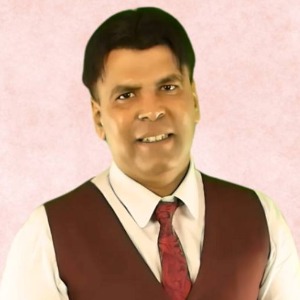Title : Vacuum insulation energy technologies for realistically reducing heating or cooling energy requirements in buildings
Abstract:
Vacuum insulated energy materials for energy savings such as vacuum insulated wallpaper (VIW), vacuum insulation panel (VIP and decorative integrated VIP are pivotal industrial R&D developments that help in reducing heating (in cold-arid regions) or cooling (in hot-arid regions) energy requirements in buildings due to their superior thermal efficiency and space-saving attributes. These vacuum insulated materials significantly reduce heat transfer, thereby lowering the energy needed for heating and cooling, aligning with sustainability goals by reducing buildings' carbon footprints. VIW and VIP are particularly effective in extreme climates, offering superior insulation with minimal thickness compared to traditional materials like XPS, EPS, mineral wool, or polyurethane. This results in less space required and lower overall energy consumption. In both cold-arid regions where heating is essential, and hot-arid areas where cooling demands are high, VIPs effectively prevent unwanted heat transfer, enhancing interior comfort while reducing energy use and associated carbon emissions. Overall, the application of VIPs in buildings not only supports stringent building regulations but also contributes to a sustainable, energy-efficient future. This keynote speech focus on addressing global challenges to pave the way for a sustainable, net-zero energy future using vacuum insulation energy technologies.
Audience Take Away
- The audience will gain a comprehensive understanding of vacuum insulated materials like Vacuum Insulated Wallpaper (VIW) and Vacuum Insulation Panels (VIP), including their construction, thermal efficiency, and application in buildings.
- Attendees will learn how VIW and VIP can dramatically reduce heating and cooling energy requirements in buildings, particularly in extreme climates, by minimizing heat transfer with minimal material thickness.
- The presentation will illustrate how these vacuum insulated materials contribute to reducing a building's carbon footprint, aligning with global sustainability goals and building regulations.
- The audience will be able to compare the effectiveness of vacuum insulated materials with traditional insulation options like XPS, EPS, mineral wool, and polyurethane, understanding the advantages and limitations of each.



